Home>Furniture & Design>Outdoor Furniture>How To Make An Outdoor Projector Screen
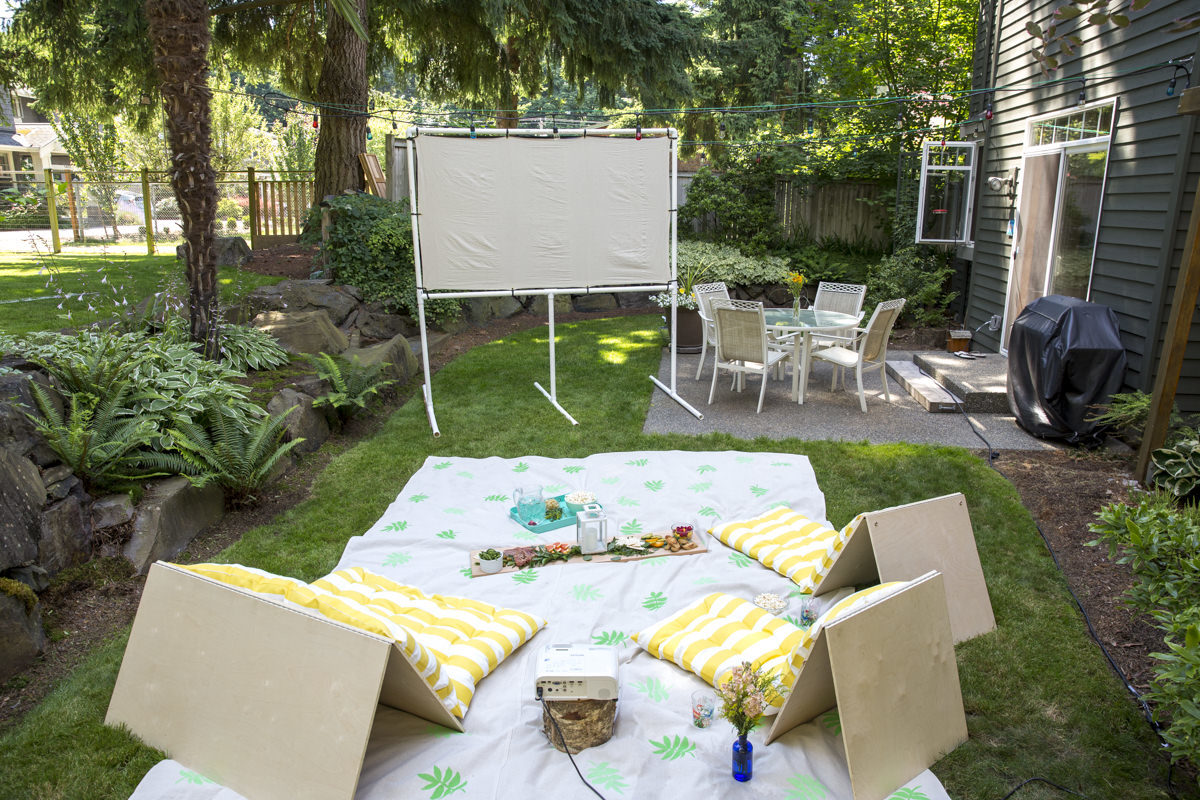

Outdoor Furniture
How To Make An Outdoor Projector Screen
Modified: March 24, 2024
Learn how to create a DIY outdoor projector screen to enhance your outdoor furniture and design. Step-by-step guide for the perfect movie night under the stars.
(Many of the links in this article redirect to a specific reviewed product. Your purchase of these products through affiliate links helps to generate commission for Storables.com, at no extra cost. Learn more)
Introduction
Creating an outdoor projector screen can elevate your outdoor entertainment experience to new heights. Whether it's for hosting movie nights, watching live sports events, or playing video games under the stars, a DIY outdoor projector screen offers a cost-effective and customizable solution. In this guide, we'll walk you through the step-by-step process of crafting a high-quality outdoor projector screen that will bring your favorite media to life in your backyard or outdoor space.
Not only does a DIY outdoor projector screen provide a larger and more immersive viewing experience compared to a traditional TV, but it also allows you to enjoy the fresh air and natural ambiance of the outdoors while watching your favorite content. By following this comprehensive tutorial, you'll be able to design and construct a durable and professional-grade projector screen that can be easily assembled and disassembled, making it perfect for outdoor gatherings and events.
From selecting the right materials to assembling the frame and attaching the screen material, each step of this guide is designed to help you create a stunning outdoor projector screen that will be the envy of your friends and family. With a bit of creativity and a few hours of work, you can transform your outdoor space into a captivating entertainment hub that will be the centerpiece of countless memorable gatherings.
So, roll up your sleeves, gather your materials, and get ready to embark on an exciting DIY project that will take your outdoor entertainment to the next level. Let's dive into the process of constructing your very own outdoor projector screen and unleash the full potential of your outdoor space.
Key Takeaways:
- Elevate your outdoor entertainment with a DIY projector screen for movie nights, sports events, and gaming under the stars. Enjoy immersive visuals and high-quality sound in your backyard oasis.
- Craft a durable and professional-grade outdoor projector screen with step-by-step guidance. Transform your outdoor space into a captivating entertainment hub for memorable gatherings and shared experiences.
Read more: How To Make An Outdoor Projector Screen
Materials Needed
Before diving into the construction process, it’s essential to gather all the necessary materials and tools to ensure a smooth and efficient DIY project. Here’s a comprehensive list of the items you’ll need to create your outdoor projector screen:
- Frame Material: Select sturdy and lightweight materials such as PVC pipes or aluminum framing to construct the frame of the projector screen. The dimensions of the frame will depend on the desired screen size.
- Screen Material: Opt for a high-quality projector screen fabric or material that offers excellent visual clarity and is suitable for outdoor use. Consider materials designed to resist mildew and wrinkles for long-lasting performance.
- Corner Connectors: Depending on the chosen frame material, acquire corner connectors or fittings to securely join the frame pieces together, ensuring stability and durability.
- Screen Attachment Hardware: Gather screws, bolts, or other appropriate fasteners to attach the screen material to the frame securely.
- Stability Support: To prevent the screen from swaying or tipping over in outdoor conditions, you may need additional support, such as ground stakes, sandbags, or weighted bases.
- Projector: Ensure you have a reliable outdoor-friendly projector that delivers vibrant and clear images, suitable for outdoor viewing. Consider the projector’s lumens, resolution, and outdoor compatibility when making your selection.
- Audio System: Enhance the viewing experience with an outdoor speaker system or portable Bluetooth speakers to accompany the visuals with high-quality sound.
- Optional Accessories: Depending on your preferences, you may want to include additional items such as outdoor seating, decorative lighting, and a media streaming device to complete your outdoor entertainment setup.
- Measuring Tape and Marking Tools: These tools are essential for accurately measuring and marking the frame materials before cutting and assembly.
- Saw or Pipe Cutter: Depending on the frame material chosen, you’ll need a saw or pipe cutter to precisely cut the frame pieces to the required dimensions.
- Screen Stretching Tool (Optional): If using a stretchable screen material, a screen stretching tool can facilitate the attachment process and ensure a taut and wrinkle-free screen surface.
By ensuring that you have all the necessary materials and tools at the outset, you’ll be well-prepared to embark on the construction of your outdoor projector screen with confidence and efficiency.
Step 1: Measure and Cut the Frame
The first crucial step in creating your outdoor projector screen is to measure and cut the frame materials to the desired dimensions. Whether you opt for PVC pipes, aluminum framing, or another suitable material, precise measurements are essential for achieving a professional and visually appealing result.
Begin by determining the ideal screen size for your outdoor space. Consider factors such as viewing distance, available space, and the aspect ratio of your projector to establish the dimensions of the frame. Once you have the measurements, use a measuring tape to mark the frame materials accordingly, ensuring accuracy and consistency.
Next, carefully cut the frame materials using a saw or pipe cutter, following the marked measurements. It’s crucial to maintain straight and clean cuts to facilitate seamless assembly and a polished final appearance. If you’re using PVC pipes, a PVC pipe cutter can provide precise and efficient cuts, while aluminum framing may require a hacksaw or specialized cutting tool.
As you progress through this step, double-check the accuracy of each cut to ensure that the frame pieces align perfectly and form a stable structure. Additionally, consider incorporating mitered cuts at the frame corners for a professional and seamless look, enhancing the overall aesthetics of the projector screen.
By meticulously measuring and cutting the frame materials, you’ll lay the foundation for a well-crafted outdoor projector screen that delivers exceptional visual performance and durability. This step sets the stage for the subsequent assembly process, bringing you one step closer to enjoying captivating outdoor entertainment in your own backyard.
Step 2: Assemble the Frame
With the frame materials accurately measured and cut, it’s time to proceed to the assembly phase, where the individual components come together to form the structure of your outdoor projector screen. This step requires precision and attention to detail to ensure a sturdy and well-aligned frame that can securely hold the screen material.
Begin by laying out the cut frame pieces in the designated outdoor area, arranging them according to the predetermined screen dimensions. If you’re using PVC pipes, connect the pieces using corner connectors or fittings, ensuring a snug and stable fit at each joint. For aluminum framing, utilize appropriate fasteners to securely join the frame sections, maintaining even spacing between the connections.
As you assemble the frame, periodically check for squareness and alignment to guarantee that the structure remains true to the intended dimensions. This meticulous approach will contribute to a professional-looking projector screen that enhances the visual experience without any distortions or irregularities.
Consider incorporating additional reinforcement at the frame’s corners and midpoints to bolster its stability, especially in outdoor settings where exposure to wind and other elements may impact the structure. By reinforcing critical points, you can mitigate the risk of the frame flexing or becoming unstable during use, ensuring a reliable and long-lasting outdoor entertainment solution.
Throughout the assembly process, maintain a keen eye for detail, striving for a seamless and uniform appearance that reflects the care and precision invested in crafting the frame. As the frame takes shape, you’ll witness the transformation of individual components into a robust and purpose-built structure that forms the backbone of your outdoor projector screen.
By the time the frame assembly is complete, you’ll have achieved a significant milestone in the construction process, setting the stage for the next crucial step of attaching the screen material. The assembled frame represents a testament to your dedication to creating a high-quality outdoor entertainment setup that promises to deliver immersive viewing experiences for years to come.
Consider using a high-gain, reflective material for your outdoor projector screen to improve brightness and image quality, especially in outdoor settings with ambient light.
Step 3: Attach the Screen Material
With the frame assembled, it’s time to elevate your outdoor projector screen to its full potential by attaching the screen material. This pivotal step requires precision and care to ensure a smooth and taut surface that optimizes the projection quality and visual clarity of your outdoor viewing experience.
Begin by laying out the selected screen material over the assembled frame, ensuring that it overlaps the frame’s edges uniformly on all sides. If the screen material is stretchable, consider employing a screen stretching tool to facilitate the attachment process, allowing you to achieve a wrinkle-free and perfectly tensioned surface.
Using appropriate fasteners, such as screws or staples, secure the screen material to the frame, starting from one edge and gradually working your way around the perimeter. Maintain consistent tension as you fasten the material, adjusting and smoothing out any wrinkles or creases that may arise during the attachment process.
As you progress, periodically step back to assess the tension and alignment of the screen material, making any necessary adjustments to ensure a uniform and flawless surface. Pay close attention to the corners and edges, ensuring that the material is securely fastened and free from any slack that could detract from the viewing experience.
If you’re using a specialized projector screen fabric designed for outdoor use, take advantage of its inherent properties, such as resistance to mildew and wrinkles, to guarantee long-term durability and visual excellence. By selecting a high-quality screen material, you can enhance the overall performance and longevity of your outdoor projector screen.
Upon completing the attachment of the screen material, step back and admire the transformation of the frame into a fully functional projector screen, ready to bring your favorite media to life in your outdoor space. The taut, seamless surface serves as a testament to your meticulous craftsmanship and dedication to creating an exceptional outdoor entertainment setup.
With the screen material securely in place, you’ve reached a significant milestone in the construction process, paving the way for the final steps that will culminate in the realization of your personalized outdoor projector screen. This achievement brings you closer to enjoying captivating movie nights, immersive gaming sessions, and thrilling sports events in the open air, surrounded by the natural beauty of your outdoor environment.
Read more: How To Make A Cheap Outdoor Projector Screen
Step 4: Add Stability Support
As you near the completion of your outdoor projector screen, it’s essential to consider stability support to ensure that the screen remains steady and secure in various outdoor conditions. By implementing additional support measures, you can enhance the resilience of your projector screen, providing peace of mind and reliability during your outdoor entertainment experiences.
Depending on the design of your projector screen and the prevailing environmental factors, several stability support options can be considered to reinforce the structure and minimize the risk of instability or displacement. One effective approach involves securing the bottom of the frame to the ground using ground stakes or anchors, anchoring the screen in place and preventing movement due to wind or other external forces.
If your outdoor projector screen is designed for portability and frequent assembly and disassembly, weighted bases or sandbags can serve as practical stability solutions. Strategically positioning these weights near the base of the frame can counterbalance any potential tipping or shifting, particularly in outdoor settings where the ground may not provide sufficient anchoring support.
For added stability, consider incorporating diagonal braces or support legs that extend from the frame to the ground, reinforcing the structure and distributing the load to minimize sway and wobble. These braces contribute to the overall rigidity of the projector screen, especially in scenarios where it may be subjected to varying wind speeds or uneven terrain.
By assessing the specific environmental conditions and usage scenarios for your outdoor projector screen, you can tailor the stability support measures to suit your unique requirements, ensuring a robust and reliable setup that enhances the overall viewing experience.
Upon implementing the stability support measures, take the time to test the resilience and sturdiness of the projector screen, simulating potential outdoor conditions to verify its ability to withstand external forces. This proactive approach allows you to address any stability concerns and make necessary adjustments before finalizing the setup.
With stability support integrated into your outdoor projector screen, you’ve fortified the structure against external influences, creating a dependable and enduring platform for immersive outdoor entertainment. This step brings you closer to realizing the full potential of your DIY projector screen, setting the stage for unforgettable moments of cinematic enjoyment and shared experiences in the great outdoors.
Step 5: Set Up the Projector
As the construction of your outdoor projector screen nears completion, the final step involves setting up the projector to bring your outdoor entertainment vision to life. By carefully positioning and configuring the projector, you can optimize the visual performance and ensure a seamless viewing experience that captivates your audience under the open skies.
Begin by selecting an ideal location for the projector, considering factors such as distance from the screen, available power sources, and the projection surface. If possible, position the projector on a stable surface or utilize a compatible mounting system to achieve the desired projection angle and alignment with the screen.
Once the projector is in place, connect it to a reliable power source and any audiovisual input devices, such as media players or streaming devices, to prepare for the content playback. If using external speakers or a sound system, ensure that the audio output is synchronized with the projected visuals to deliver a fully immersive viewing experience.
Before initiating the projection, adjust the projector’s settings to optimize the image quality for outdoor viewing. This may involve configuring the brightness, contrast, and aspect ratio to suit the ambient lighting conditions and maximize the visual impact of the projected content.
As you power on the projector and initiate the projection, take a moment to fine-tune the image alignment and focus, ensuring that the visuals are sharp, clear, and well-centered on the screen. By meticulously adjusting the projector’s settings, you can achieve a visually stunning display that complements the craftsmanship of your outdoor projector screen.
Consider conducting a test run of the projector to assess its performance and make any necessary adjustments before the main event. This proactive approach allows you to address any technical issues or calibration requirements, guaranteeing a flawless and immersive viewing experience for your audience.
With the projector set up and optimized for outdoor use, you’ve seamlessly integrated the visual centerpiece of your outdoor entertainment setup, ready to deliver captivating movie nights, gaming experiences, and live sports events in the comfort of your outdoor space. The successful deployment of the projector marks the culmination of your DIY outdoor projector screen project, transforming your backyard into a captivating outdoor theater that promises endless moments of shared enjoyment and entertainment.
Conclusion
Congratulations on successfully completing the construction of your DIY outdoor projector screen! Through meticulous craftsmanship and attention to detail, you’ve transformed your outdoor space into a captivating entertainment hub that promises unforgettable moments of shared enjoyment and immersive viewing experiences.
By embarking on this DIY project, you’ve not only created a high-quality outdoor projector screen but also tailored the design and construction process to suit your unique preferences and requirements. The result is a personalized outdoor entertainment setup that reflects your creativity and dedication to enhancing your outdoor lifestyle.
As you prepare to unveil your outdoor projector screen to friends, family, or simply for your own enjoyment, take pride in the craftsmanship and ingenuity that have gone into its creation. Your attention to detail during each step of the process has yielded a durable, visually stunning, and reliable outdoor entertainment solution that will undoubtedly become the centerpiece of countless memorable gatherings and events.
With the projector screen in place, complemented by a carefully positioned and optimized projector, you’re poised to indulge in cinematic experiences, gaming adventures, and live sports viewings under the open skies. The immersive visuals and accompanying audio will transport you and your guests into a world of entertainment, all within the comfort of your outdoor oasis.
As you bask in the glow of the projected visuals and the shared moments of enjoyment, remember the dedication and craftsmanship that have brought this outdoor entertainment vision to fruition. Your DIY outdoor projector screen stands as a testament to your ability to transform ordinary spaces into extraordinary settings for shared experiences and cherished memories.
Whether it’s a starlit movie night, an adrenaline-pumping gaming session, or a thrilling sports event, your outdoor projector screen is ready to deliver unparalleled entertainment, fostering connections and creating lasting impressions. Embrace the magic of outdoor viewing and the joy of shared experiences, knowing that your DIY creation has unlocked the full potential of your outdoor space.
With your outdoor projector screen standing as a beacon of creativity and innovation, you’ve set the stage for countless hours of captivating entertainment, forging lasting memories and strengthening the bonds of togetherness in the great outdoors.
Frequently Asked Questions about How To Make An Outdoor Projector Screen
Was this page helpful?
At Storables.com, we guarantee accurate and reliable information. Our content, validated by Expert Board Contributors, is crafted following stringent Editorial Policies. We're committed to providing you with well-researched, expert-backed insights for all your informational needs.
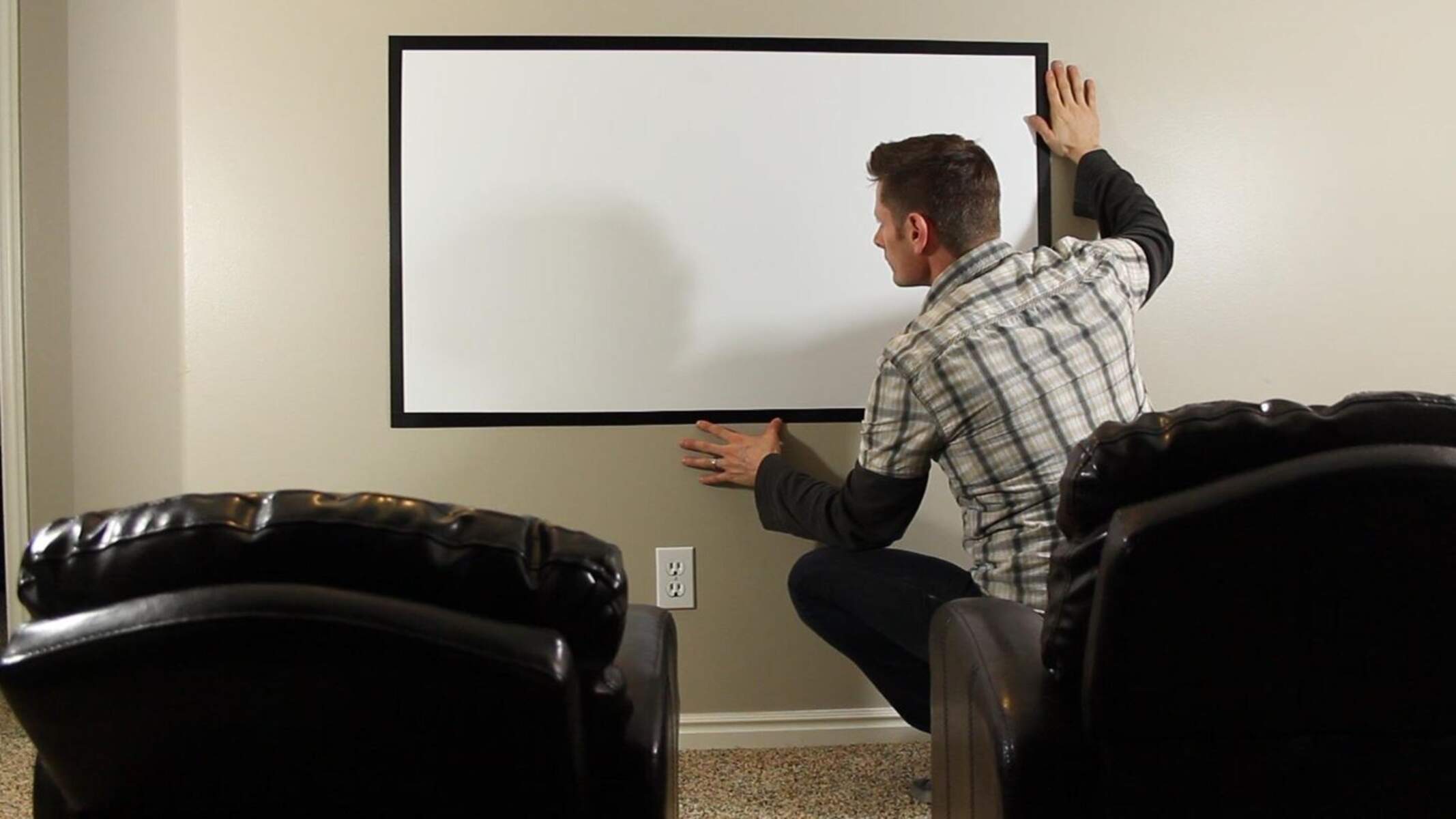
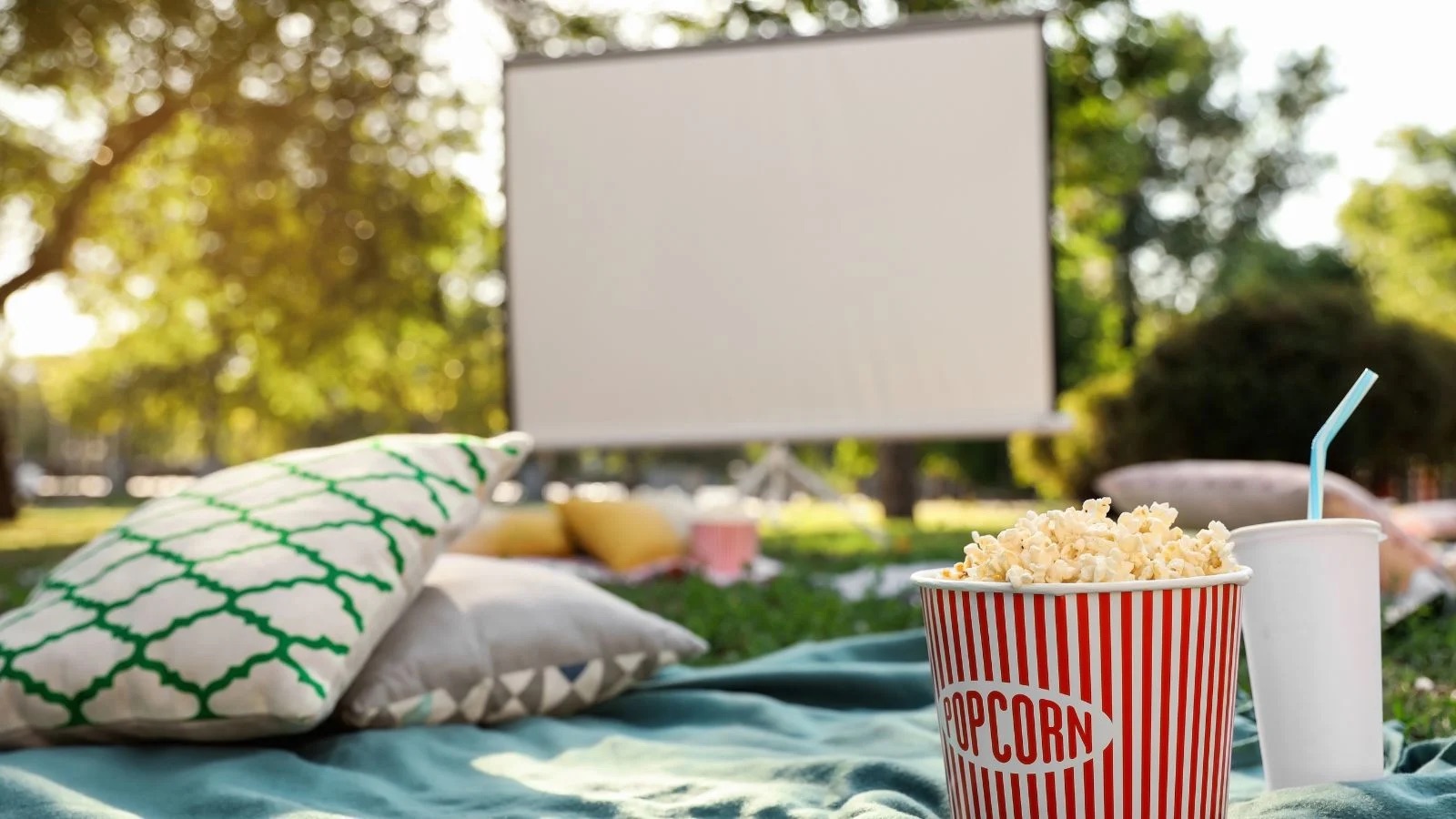
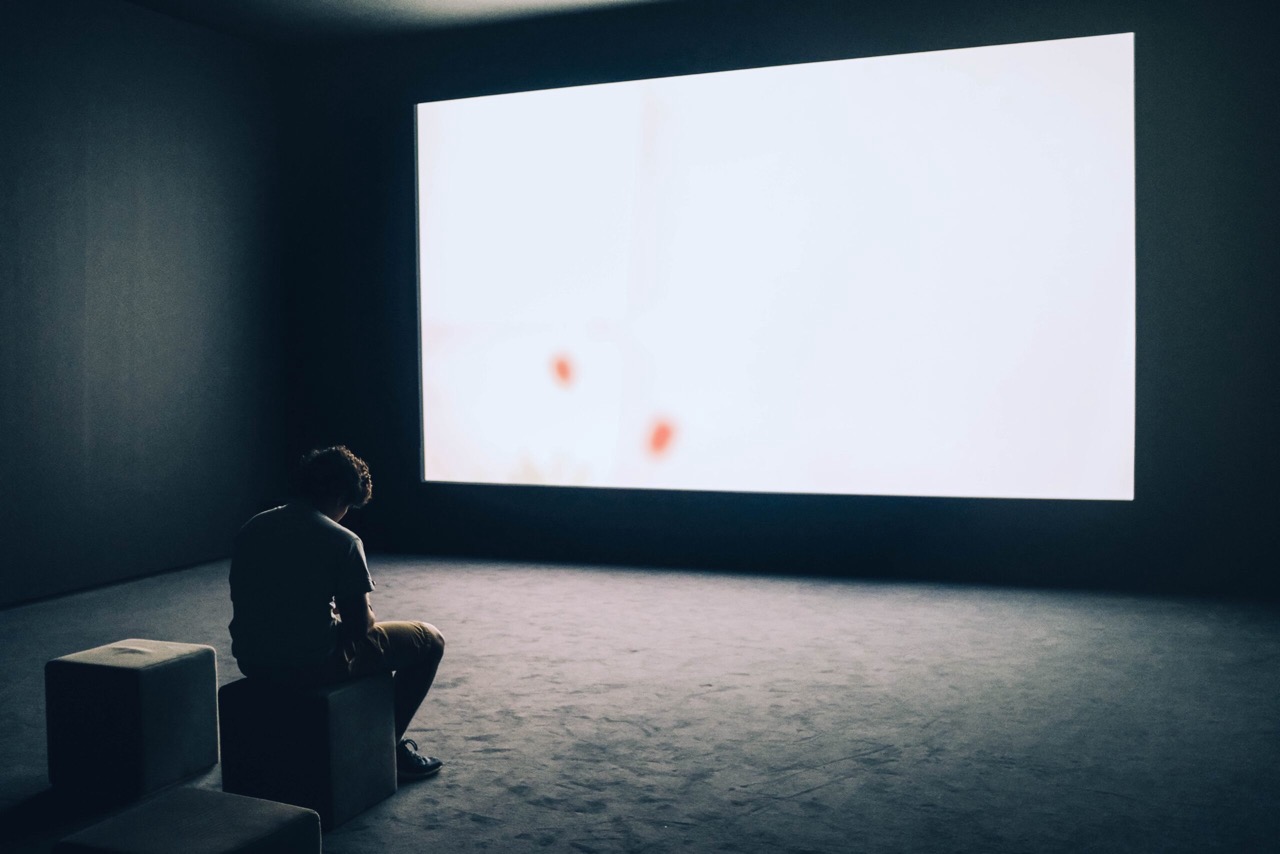
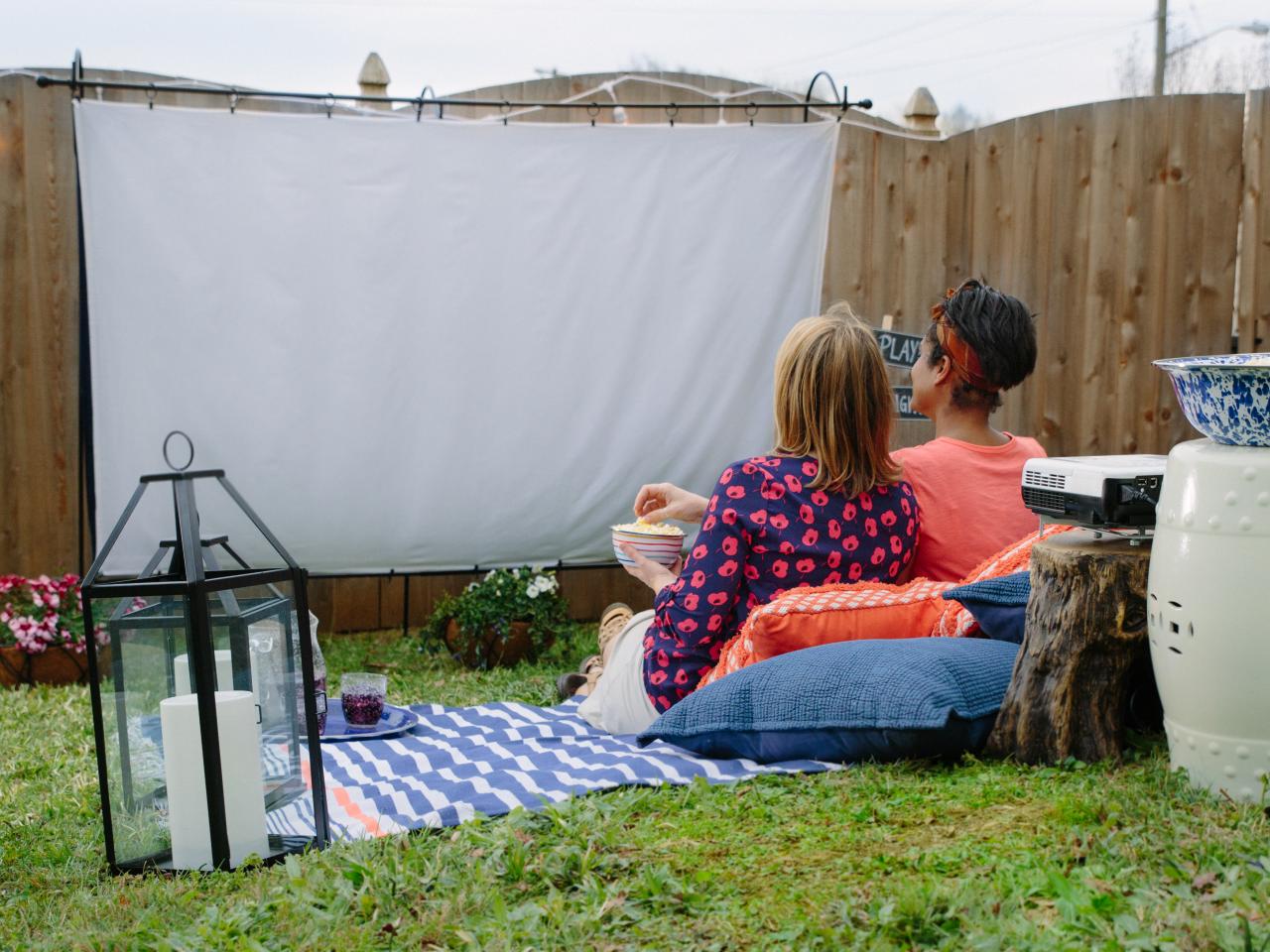
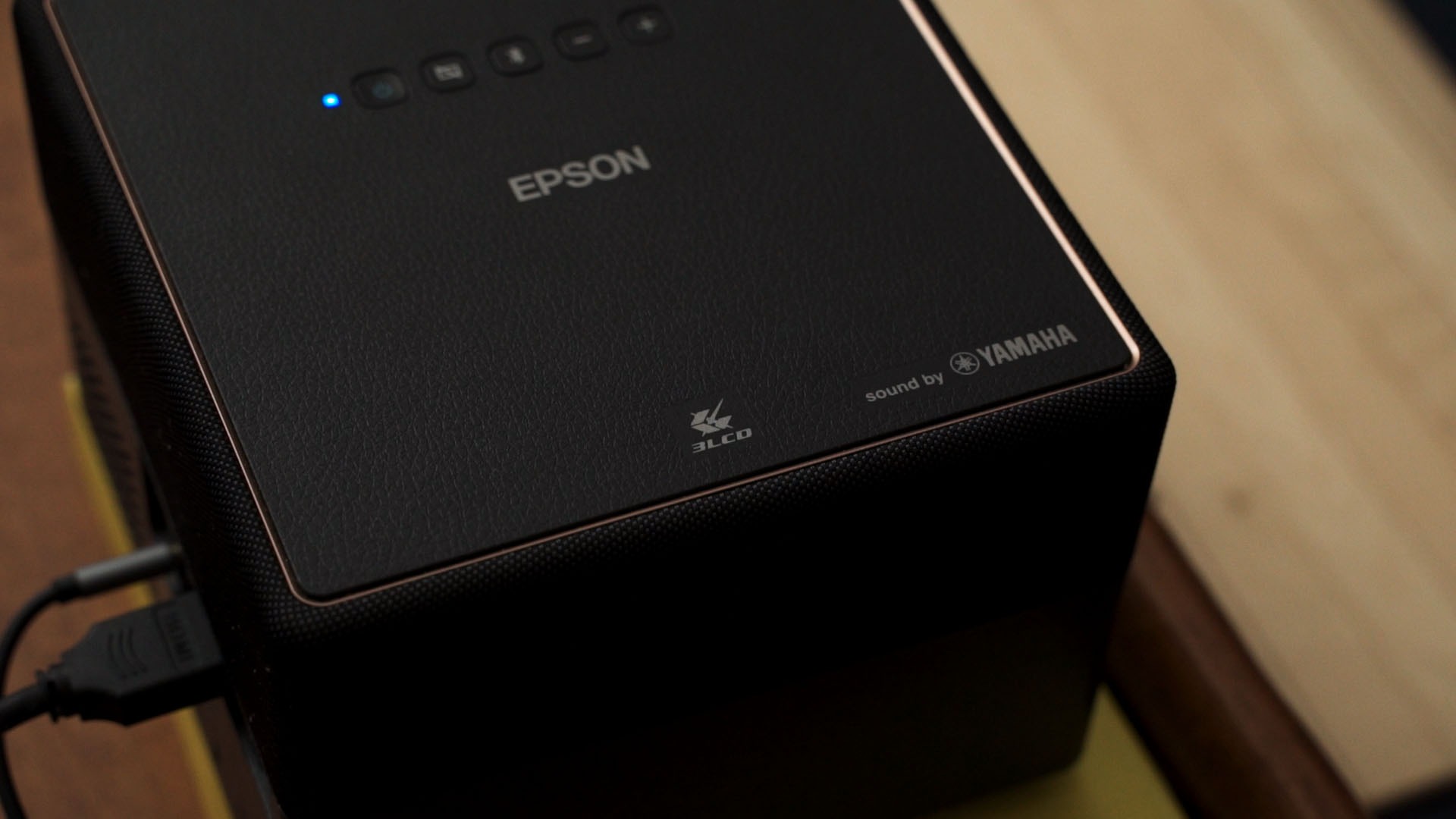
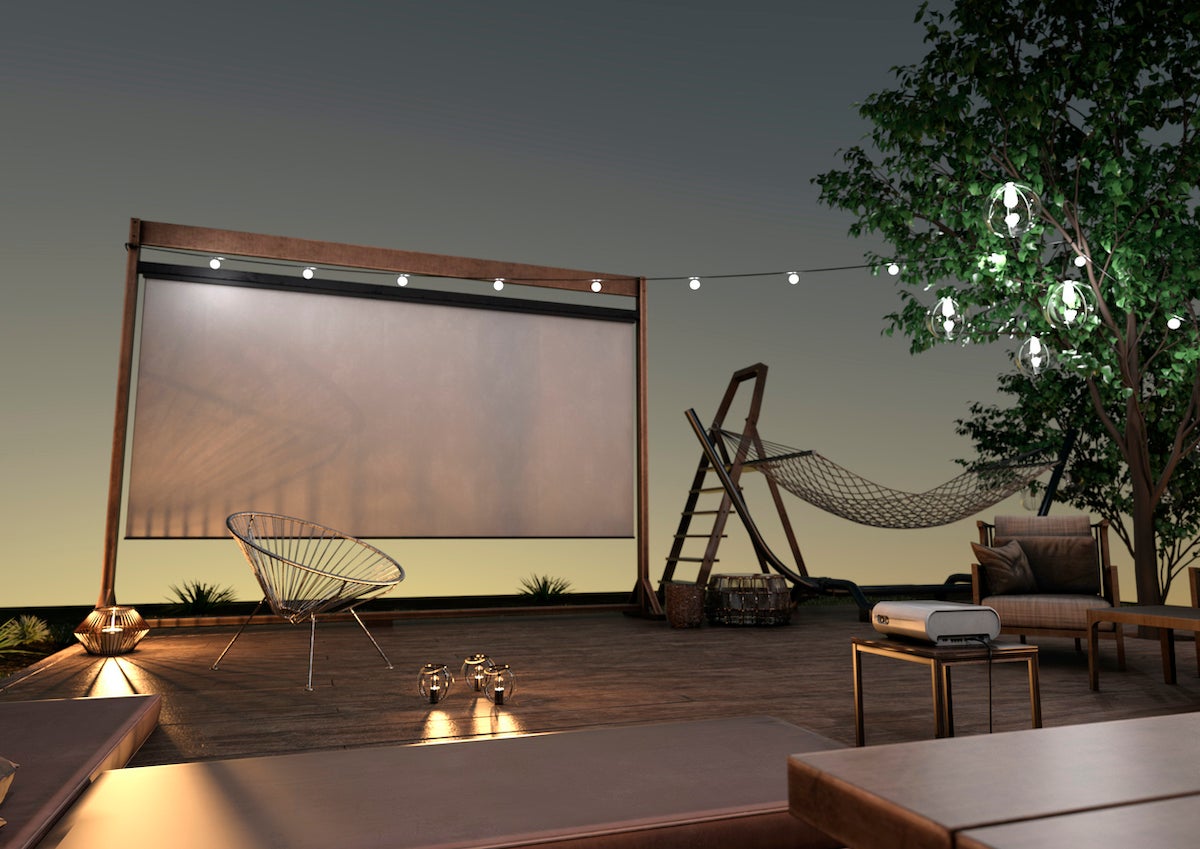
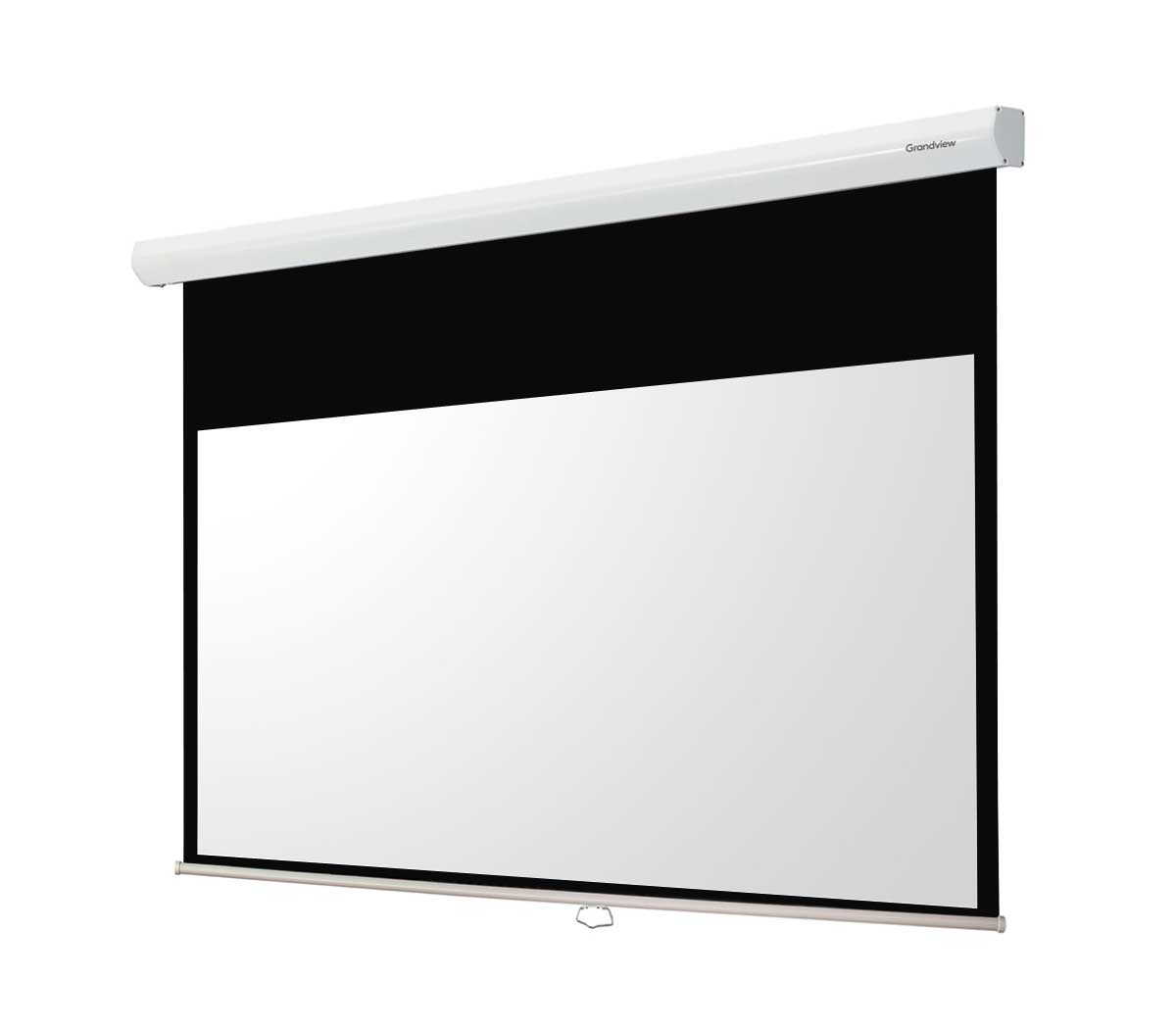

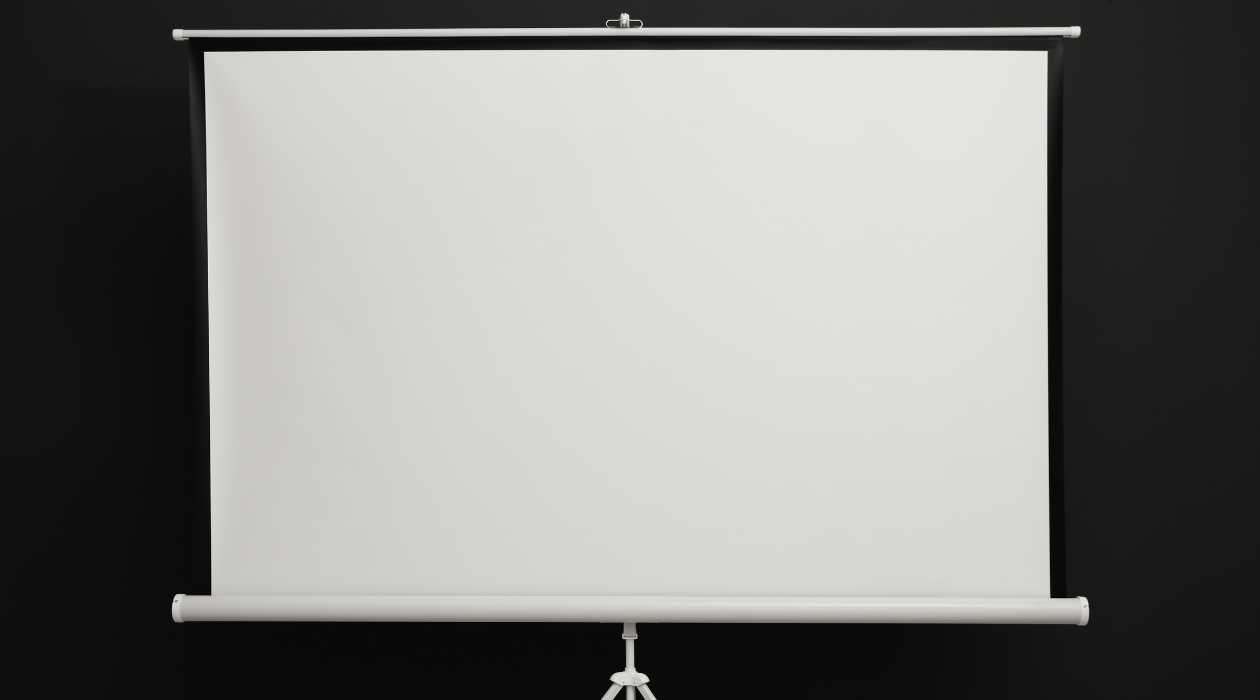
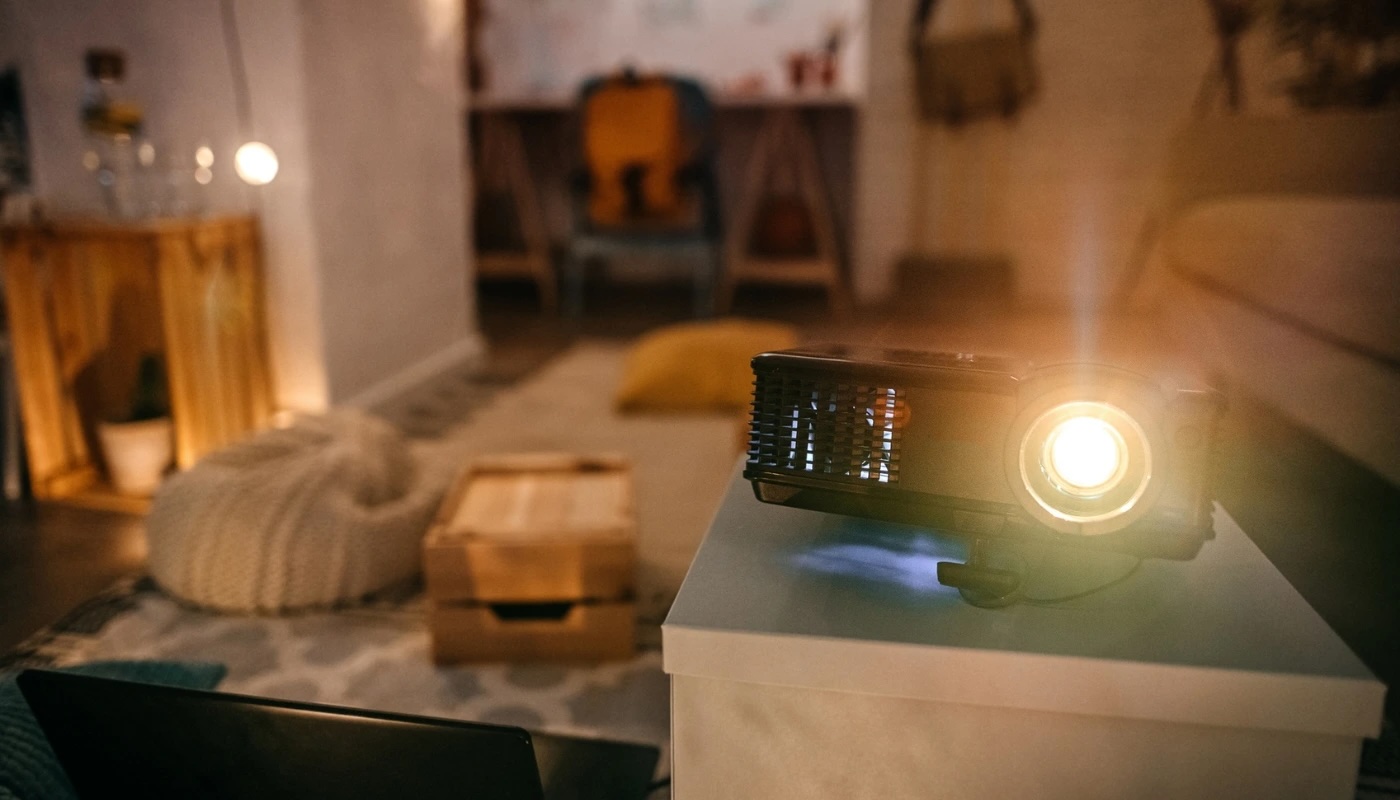
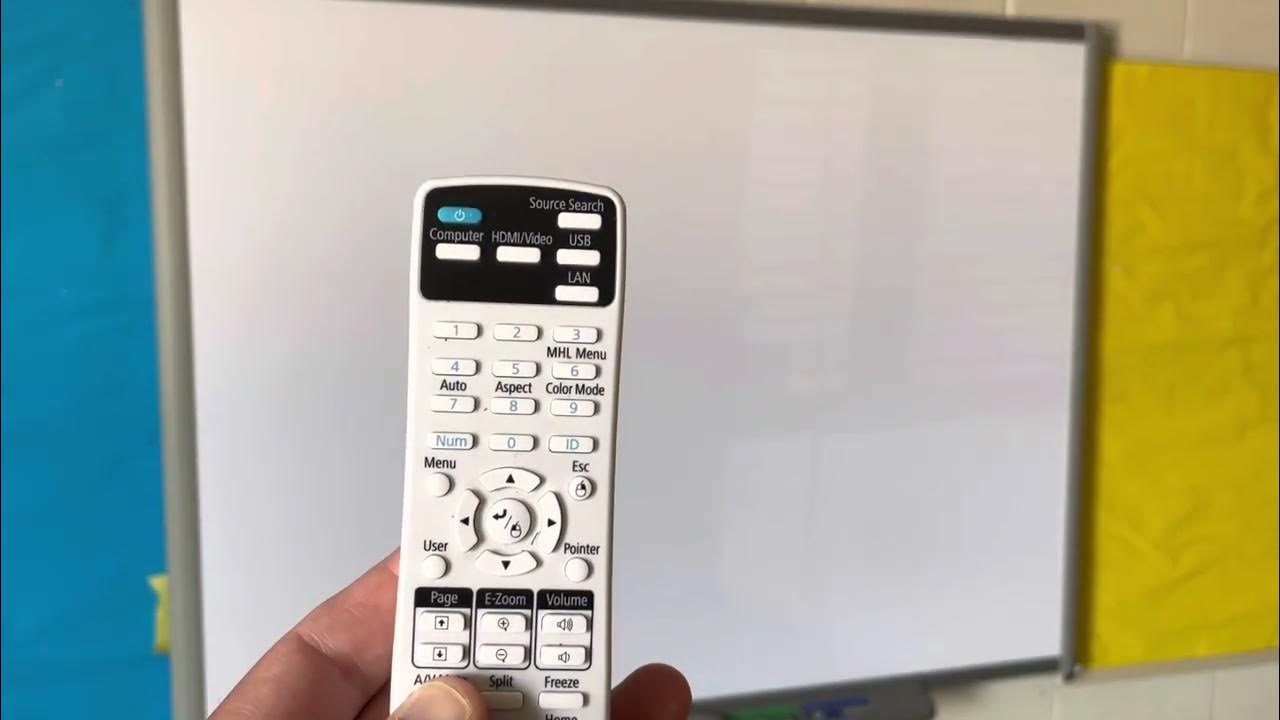

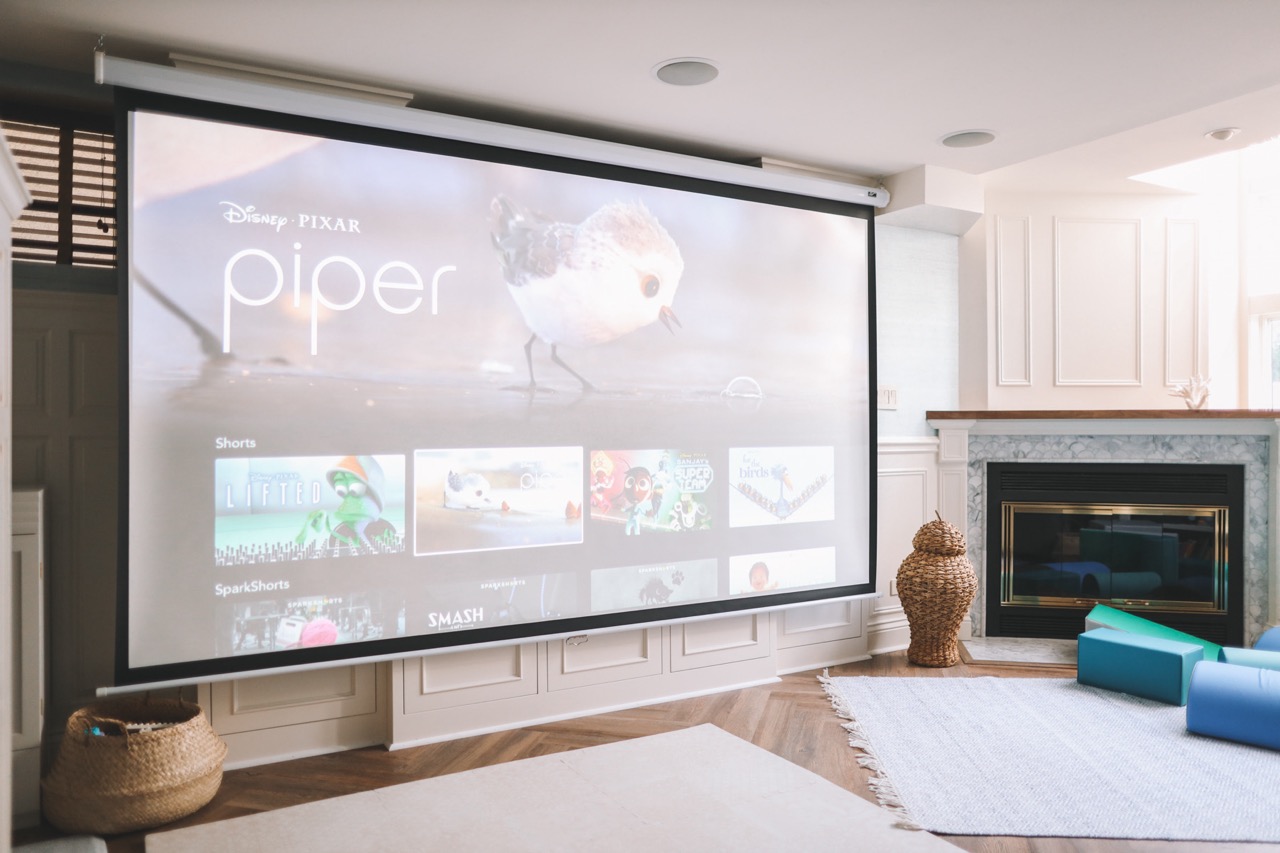
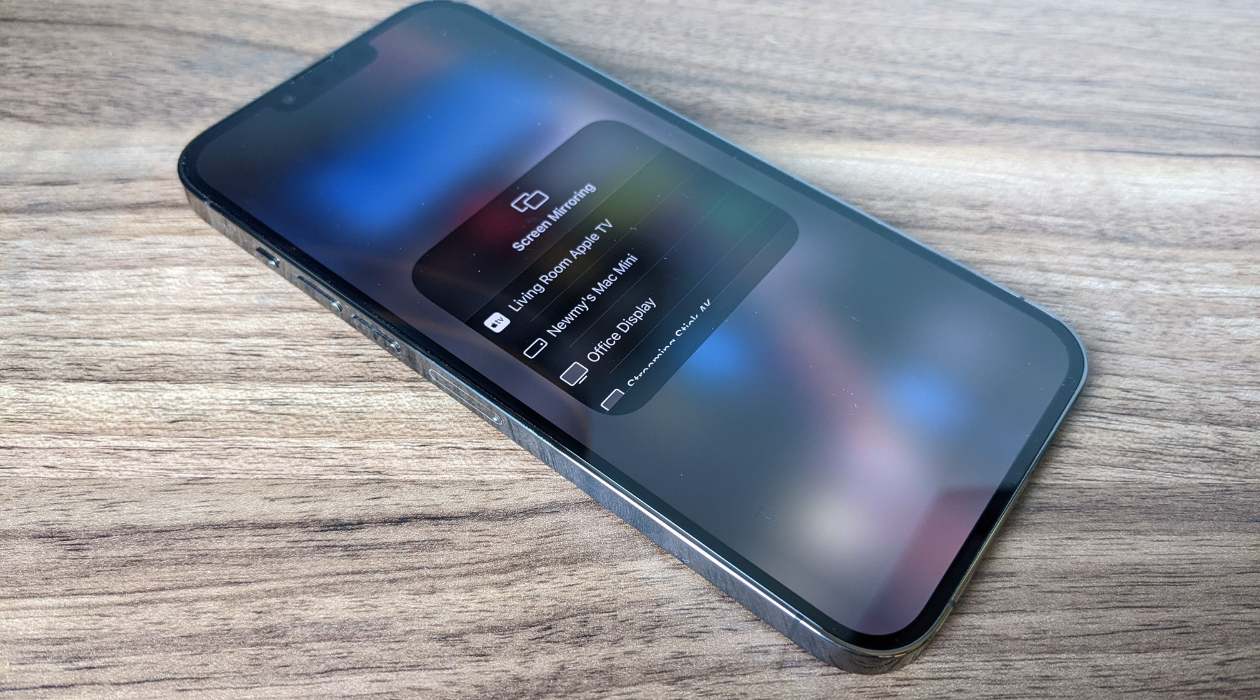

0 thoughts on “How To Make An Outdoor Projector Screen”